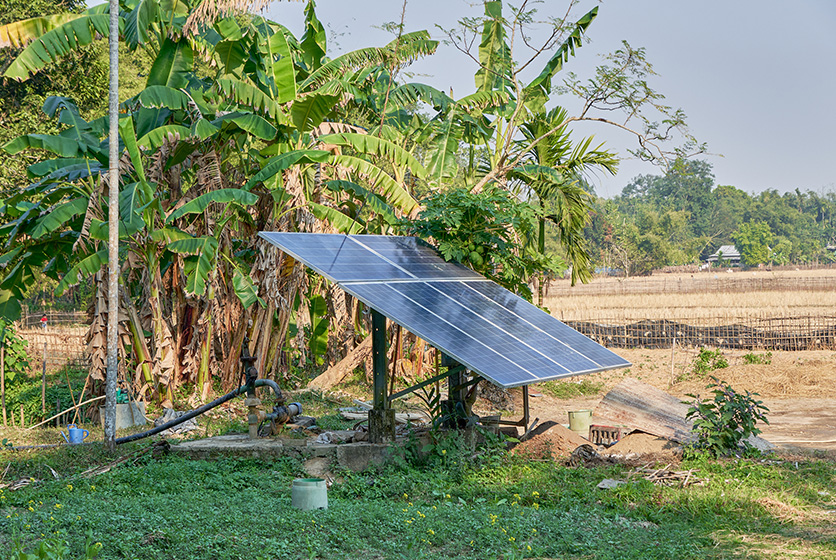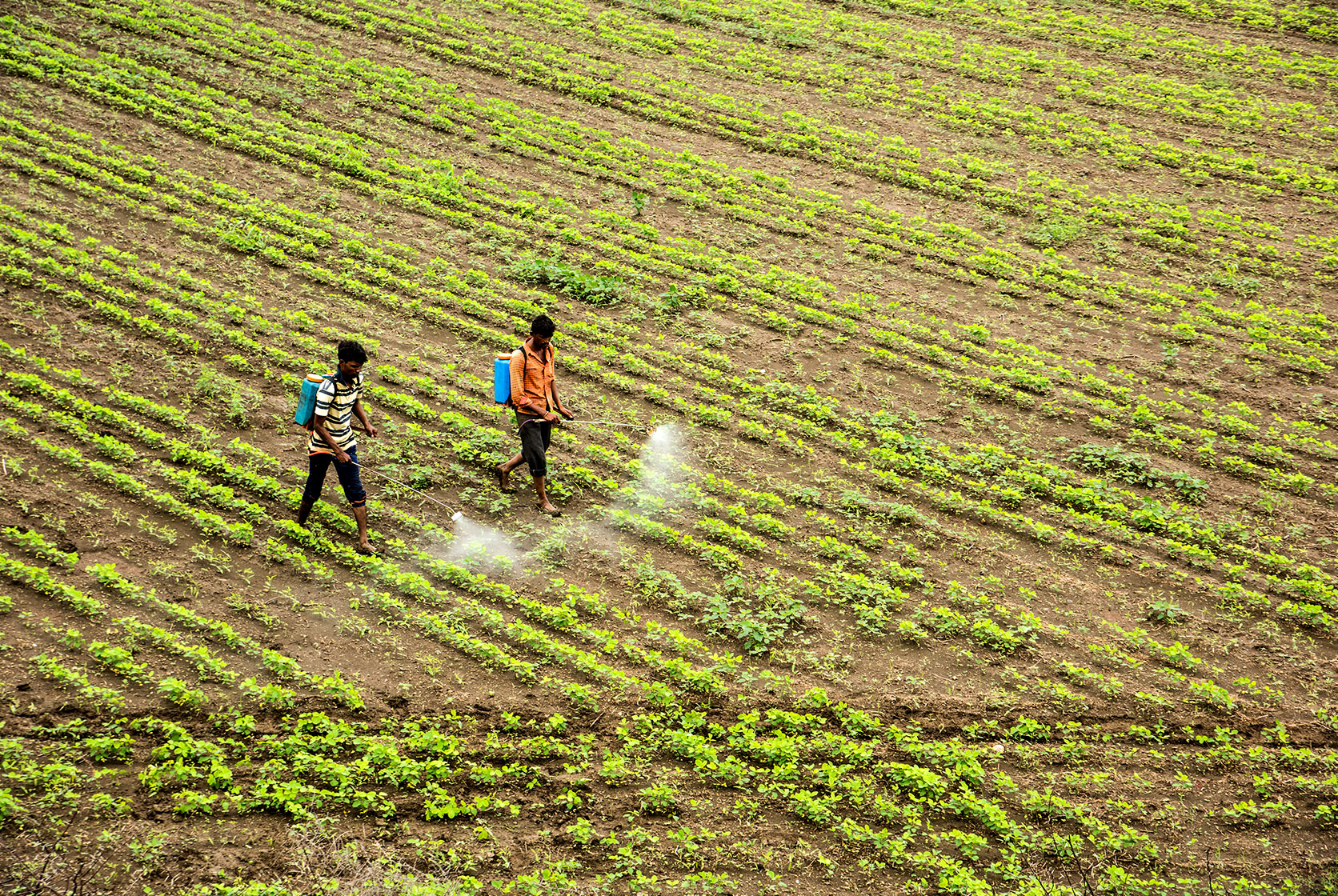Farmer Subsidies In India
The government of a country can support farmers in many ways. And when this support takes the form of monetary payments, they are known as subsidies. Farmer subsidies can be given in almost every area of agriculture:
-
Irrigation
-
Food security
-
Fertilisers
-
Exports
-
Seeds
-
Insurance
-
Credit subsidy and so on
It is widely believed that farmer subsidies can help in many ways including farm aid during disasters, crop subsidies, and even in areas like research.
Farmer subsidies in India
Fertiliser subsidies are provided by the central government, and subsidies on irrigation are provided by the State governments. Subsidies have supported farmers since the 1960s. Today, total subsidies to farmers account for around 2.5% of GDP.
The Department of Agriculture and Farmers’ Welfare, has a few major schemes that help farmers in different ways. Here are some of the major schemes:
-
PM-KISAN
-
PM-KMY
-
MISS
-
PMFBY
-
AIF
PM-KISAN or Pradhan Mantri Kisan Samman Nidhi has been around since 2019 and gives farmers Rs.6000 per year through Direct Benefit Transfer to help land-holding farmers.
PM-KMY or Pradhan Mantri Kisan Maandhan Yojna was also launched in 2019 and is a contributory scheme that helps small, and marginal farmers.
MISS or Modified Interest Subvention Scheme is aimed at helping farmers who are into allied activities like dairy. It helps farmers avail short term crop loans.
PMFBY or Pradhan Mantri Fasal Bima Yojana came about in 2016 and helps with risk cover by giving farmers affordable crop insurance support.
AIF or Agriculture Infrastructure Fund is a long-term debt financing facility which helps foster investment in agricultural infrastructure.
There is even a PM-KUSUM (Pradhan Mantri Kisan Urja Suraksha evam Utthaan Mahabhiyan) which encourages farmers to deploy solar panels & pumps for irrigation.

Farmer subsidies can also be thought of as direct or indirect subsidies. So, if the PM-KISAN is an example of a direct subsidy, then an electricity subsidy for irrigation is an example of an indirect subsidy. So is an interest rate subsidy such as the Kisan Credit card.
Do subsidies work?
It is safe to say that subsidies, like most things, have benefits & drawbacks. Few of the main benefits of subsidies are:
-
Support for production costs
-
Progresses modernisation
-
Helps farmers manage risk
-
Supports small & marginal farmers
-
Promotes welfare measures at multiple levels
Few of the known drawbacks of subsidies are:
-
Skewed food consumption: for instance, sugar subsidies in the USA led to a larger production of high-sugar foods leading to greater levels of obesity
-
Market distortions: when subsidies lower the prices of certain products, it could be counter-productive to healthy competition
It stands to reason that subsidies must play a balancing role between welfare measures, providing the right support for farmers, and ensuring that the right beneficiaries get the right kind of help.
In conclusion, it is pertinent to highlight few salient points of the Union Budget 2025-26 which has announced a slew of programmes to support Indian agriculture. These programmes include support for low-productivity districts, horticulture sector, seeds, and pulses to name a few. By allocating Rs 1,37,757 crore to the Ministry of Agriculture and Farmers' Welfare, this latest budget is also looking at developing credit access, irrigation facilities, and storage after crops have been harvested. Interesting times for the agriculture sector indeed!



